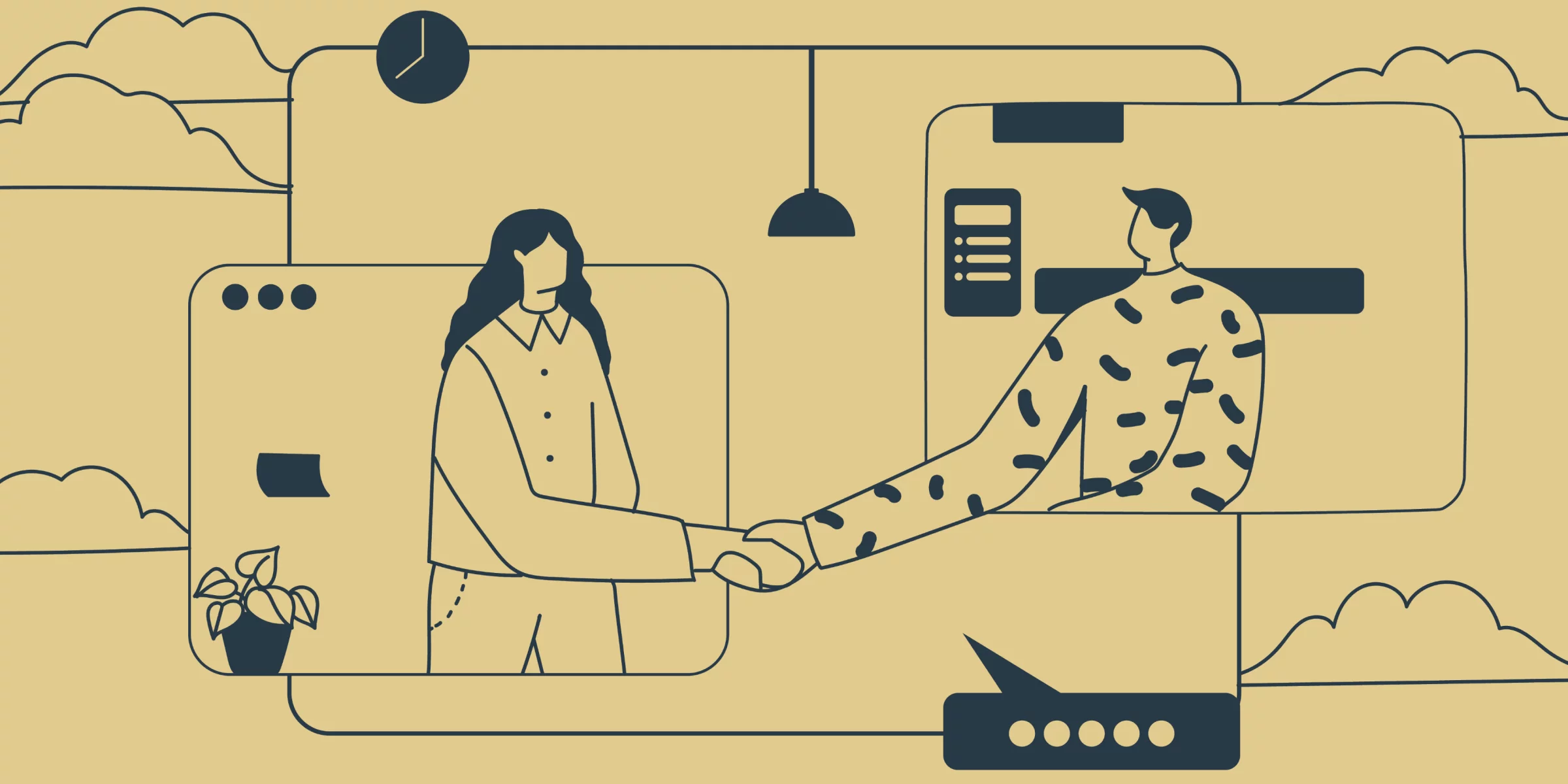
We often get asked about what kind of information we need from a client to build a website: what is required from the client, and why it is necessary. To help you get on the right track with it, we’ve prepared this step-by-step guide with detailed explanations of the whats and whys behind every stage.
This plan is good for working on the development of any digital product, be it a plugin or a website of any scale. Regardless of the type of project, the steps stay the same.
So, where to begin with giving us a task?
1. Tell us what you aim for – in detail!
The best way to do it is to provide a written project description with guidelines. Project guidelines are what make up the base of our work. It conveys the information from your team to ours and enables us to deliver even more outstanding results.
The importance of a good description is immense. Remember that the better we understand your project, the closer the result will be to your goals. Try to look at your project from the standpoint of a person completely outside of your field of activity; it may bring some details you could have otherwise omitted to the surface.
We’ve prepared a checklist for writing a perfect brief. Use it as a cheat sheet anytime when writing a brief.
Learn more to fear less
If you’re looking for some maintenance service but aren’t sure what is wrong, you can check your website’s performance on our website. This tool will provide an evaluation of the main performance parameters gained from testing your site. It enhances the understanding of what kind of works you may need, thus leaving less room for doubt in your decision-making for ordering the service.
We don’t smooth-talk people into signing up for unnecessary services. And seeing the results of an impartial test is how you can ensure it’s true. Trust stands on the pillars of evidence.
2. Provide or order the design
Some people tend to underestimate the necessity of getting an expert-level design service for your product. But think of who you’d trust more: a site that looks like it hasn’t changed since the early 2000s or a professional-looking interactive site with a streamlined interface? Your website is the face of your brand online, and it has to represent your company well.
Having a design ready by this step is an absolute must. It tells the developers how everything should be organized so that they, in their turn, implement it in code. Neither of the developers would create a masterpiece of the same quality as a professional designer can. The designer’s part is a whole separate job that requires specific in-depth knowledge and experience.
This may be confusing, so let us lead you in briefly.
Web Designer ≠ Web Developer
- Web designers are the ones who “draw” the project for you. Their job, of course, goes far beyond, but the general principle implies sketching the look and thinking out the feel of the interface of your product. They’re also often referred to as UI/UX designers because the interface is their central object of work. Their field is the visual art of product creation, not coding.
- The coding part is the responsibility of developers. They take the work into their hands after the designer and begin breathing life into the project: build the structure and vivify it with functionality. To do that, developers need to have a design that outlines the required features of the project and its elements; otherwise, they wouldn’t know for sure what specific things they need to do.
Just as none of us would like to have our knees cured by a dentist, we shouldn’t settle for less and delegate designing to an expert from a different (though slightly related) field. When a design project is a work of a non-designer, it hardly ever turns out good. Such multi-purposeness is often a sign that, most likely, the person is, in fact, competent in neither. This is a poor practice, and we recommend you refrain from it. That’s why we say you need to get a professional design.
“What if I don’t have a design?”
If you don’t have the design in place yet, you can always order it from us. Our designing team will be glad to help you by working out a catchy and user-friendly interface for your digital product. This would be a win-win situation: keeping the work on the project within one team contributes to mutual understanding between all participants and ensures the unified style and the completeness of the website/plugin/etc. We’ll have more opportunities to ensure everything conveys the same idea, and you’re the one who’ll benefit from the integrity of your product.
3. We begin the development
After settling with the prerequisites, we start making your project come true. This is where all the coding occurs.
Development is not hanging there on its own. The work of a dev team grows on the soil of a well-done design and a detailed description of the whats and hows of the project. These whats and hows explain the business logic and scenarios you expect your product to have. Those would be how the data should be processed, what users should and shouldn’t do – that sort of thing.
It’s great if you provided it in the brief or during further discussions. The best way is to present it in a written form – writing the guidelines out helps both sides. We’ll discuss it to make sure our team will be creating exactly what you need and begin bringing it all to life. We need to have it all agreed upon during the previous stages so that there’s no guesswork on what we should and shouldn’t do: all to make the result better for you.
How we develop
The development process is what people think solely comprises the process of building a website. However, as you see from this manual, it’s rather a stage of the whole thing: an essential one for sure, but still only a part of the picture.
How it all goes?
Layout
With the design project in place and the details discussed, our work moves on to working out the layout of what we develop. This is not about visually organizing the elements as there are none there yet. The developer that creates the layout builds the bearing constructions of your product – the structure and the style properties.
What was a sketch on the previous stage now turns into the coded structure. The fundamental elements appear, and, in essence, it is already a working digital product. Only it’s very rudimentary yet and is far from pleasant to use.
Interactivity
Finally, the developers enliven the structure with functionality. The product becomes fully operating and allows users to leave comments, pages to display content on a trigger action, and other interactive features.
Developers work on what users see as well as what’s hidden. The former is the frontend of a product. It involves creating the structure (a frontend web developer is competent in building the layout, which we described above), implementing the logic of the elements in the digital form, and ensuring user interaction with the product in various forms.
What users don’t see is the backend. The backend developer works with databases that store the information, develops server interaction logic, integrates the external services, and incorporates multiple other, not directly visible functionality.
If one person is responsible for both of these parts of the task, it means the person is a full-stack developer. Their scope, then, is building everything from the layout to the scripts for the server.
Everyone works on their part to ensure the utmost quality. As long as every member of the team adheres to each one’s own tasks on their stage, the right look, and operation of all elements.
What if we don’t follow this plan?
Any lack of information or misleading recommendations can result in development going the wrong way. All the problems from previous stages accumulate and build up to you getting an undesired result. An endless series of fixes and dissatisfaction on both sides would be the logical outcome, but you wouldn’t want that, would you?
When the project description is missing or insufficient
When we don’t have the guidelines to follow, misunderstanding will arise inevitably. It will most likely lead to:
- Endless corrections;
- Stretching the process out in time;
- Less satisfaction with the result on your part.
Not good! And we can easily avoid it with a comprehensive website brief that explicitly states the desired outcome.
When there’s no design
Once again, it results in correcting the base and the details and the lack of happiness with the outcome, but that’s not the worst part. The product you’ll receive will not answer the requirements of the modern digital market and may lose in the competition to others in your field of operation.
Without the work of the corresponding expert, we can’t ensure the attractiveness of the final product. There’s no way the interface will be pleasant-looking and convenient to use if a professional designer wasn’t involved. Your site visitors won’t be happy with it.
Conclusion
Problems at the first two stages lead to issues with the development process. If we followed the plan and every member of the team worked on their task according to their scope of expertise, your assignment will be completed in time and the way you needed it.
To avoid the issues along the way, we need to stay on the same track with you goal-wise and in terms of any preferences and specificities of your particular project. The formula is simple: The task correctly set + Professional work of our team = Your digital product in all its glory. Successful and top-of-the-range.
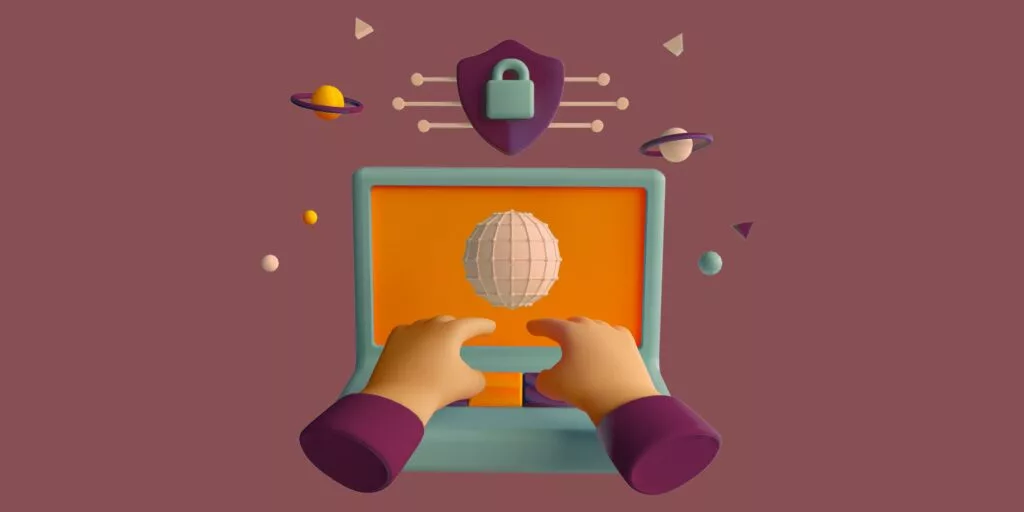
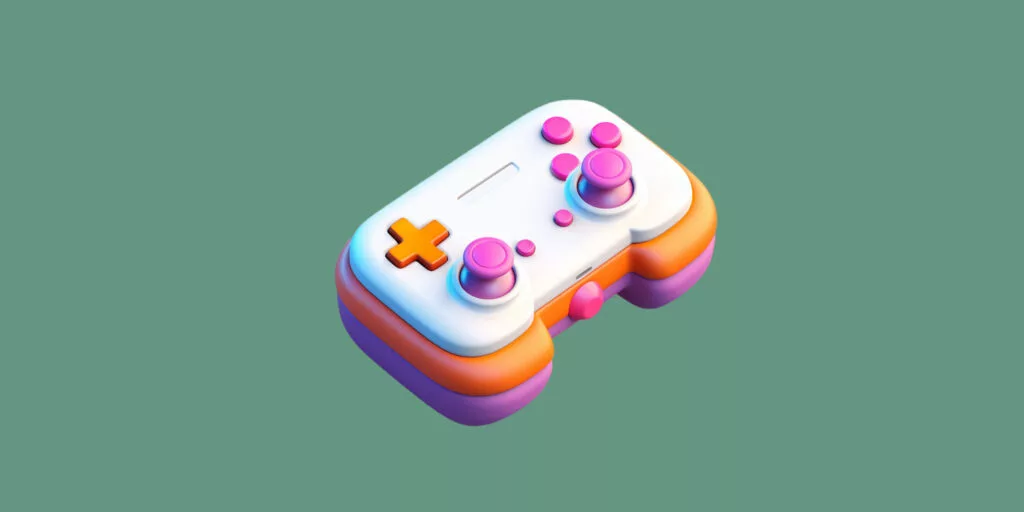




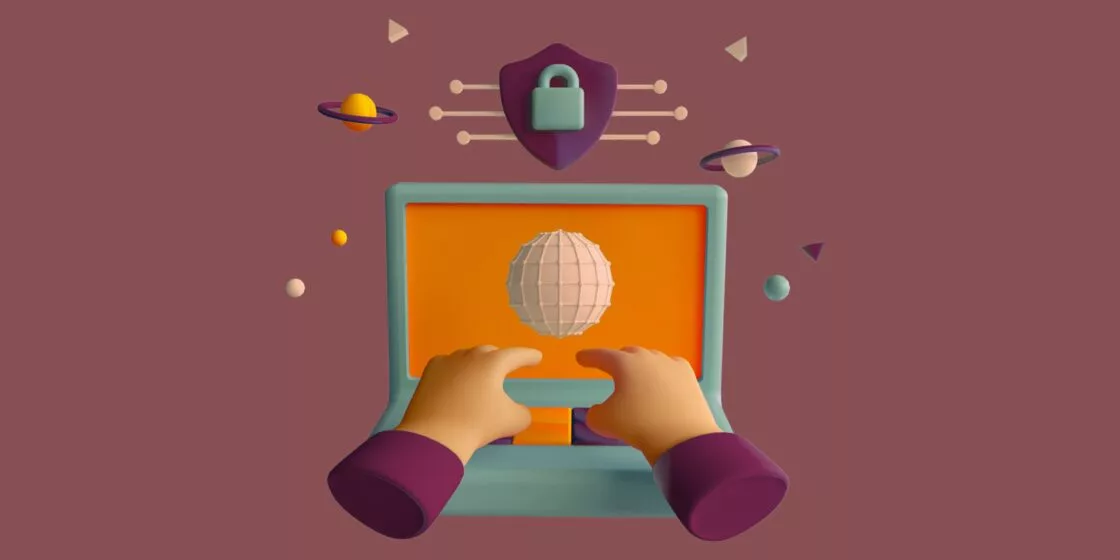
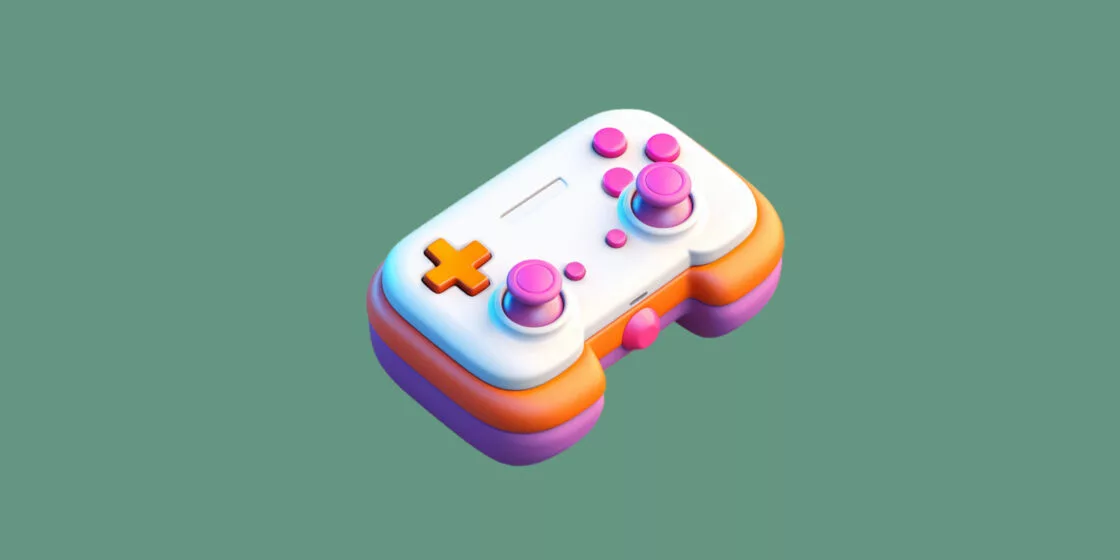


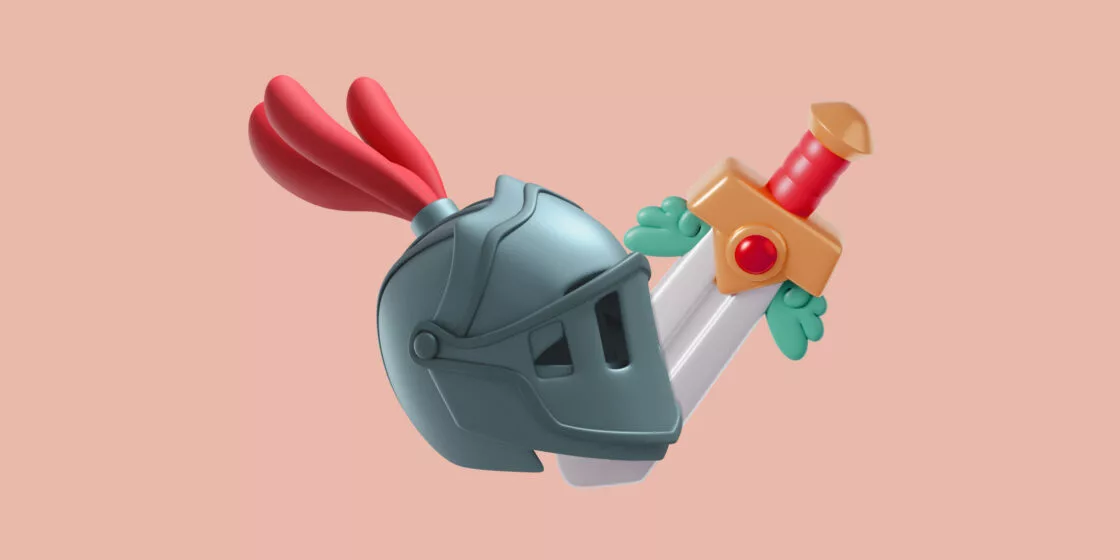
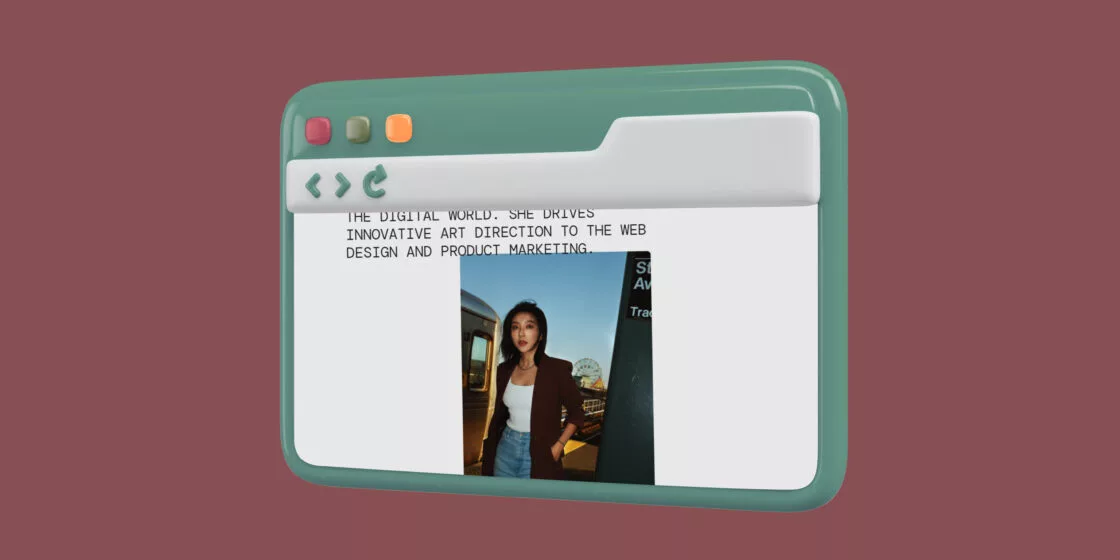
Comments